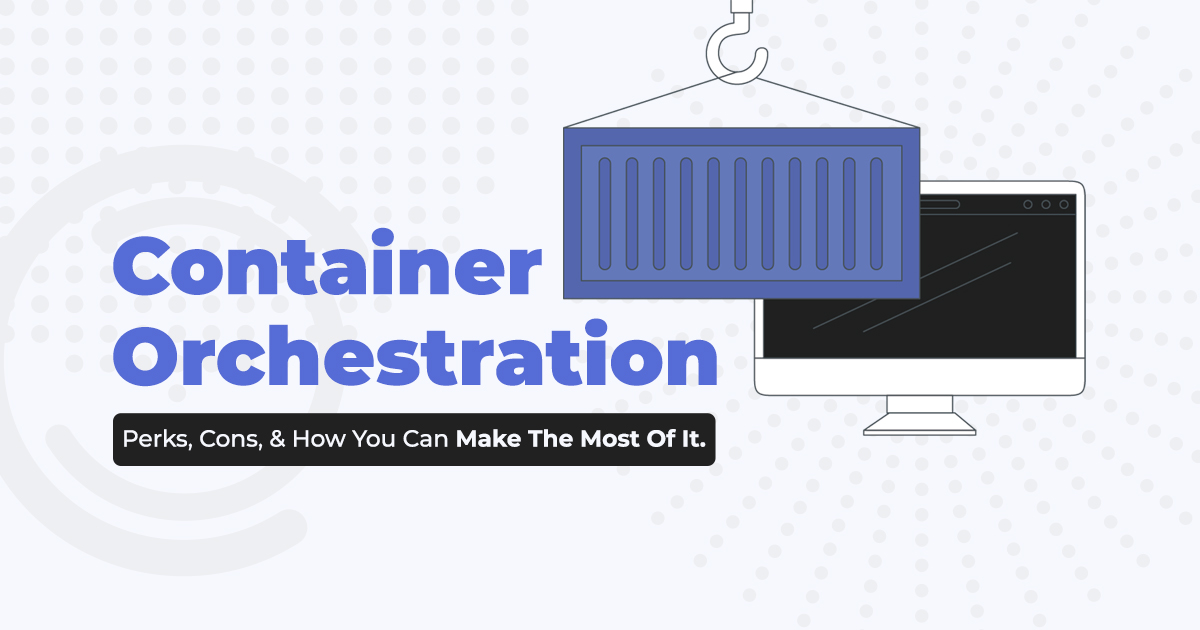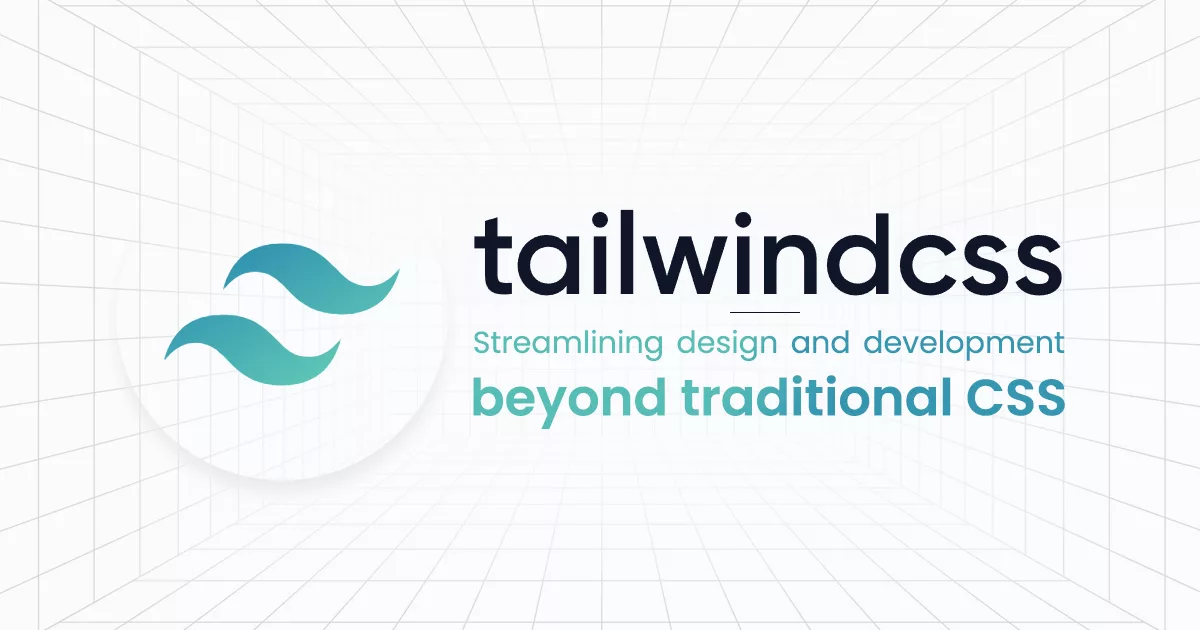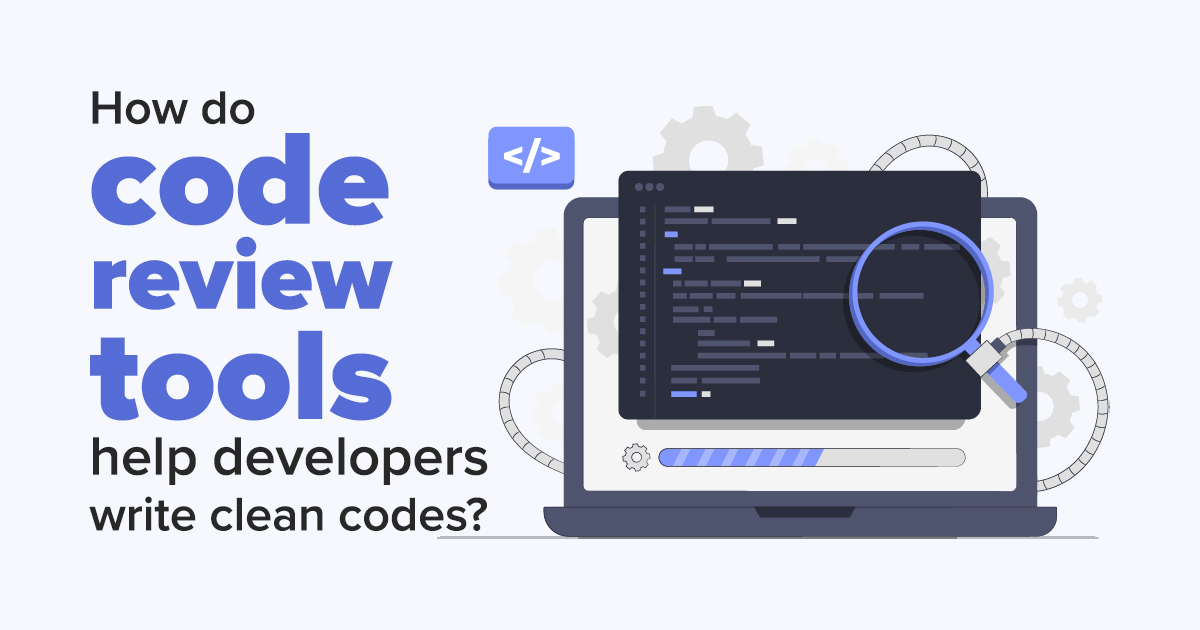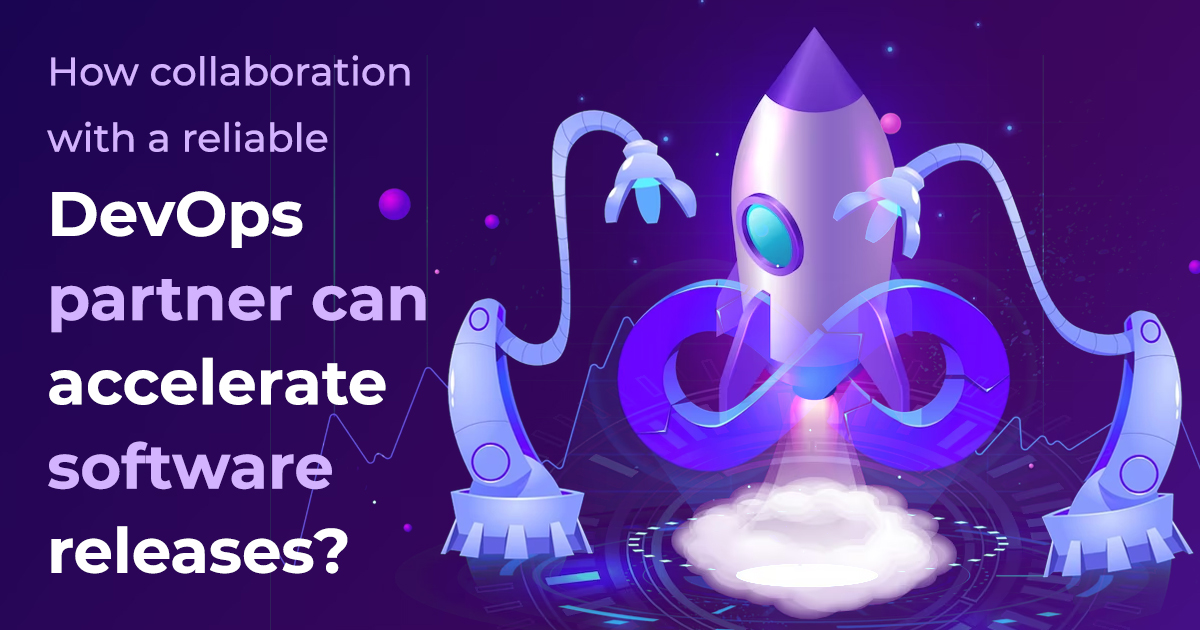Container Orchestration: Perks, Cons, & How You Can Make The Most Of It.
November 29, 2022 11:27 am | by Deepak Sachora | Posted in IT & Infra
When it comes to digital transformation, the demand for software-driven infrastructure is exploding. In response, many companies are adopting software-centric approaches to manage IT resources more efficiently. One such approach is container orchestration, which is a type of IT automation solution that automates and streamlines the process of deploying and scaling containers in an enterprise environment. Together with software-based virtualization technology and cloud computing services, container orchestration solutions have grown increasingly popular as part of a holistic approach to managing enterprise IT environments based on software-centric principles. In this blog, we will discuss what is Container Orchestration, its perks and cons, and how to use it for your operations.
What is Container Orchestration?
Container orchestration is a software-based approach to managing and scaling containers in an enterprise environment. In short, it automates and streamlines the process of deploying and scaling containers. It is meant to facilitate the management of existing containers, as well as the creation of new containers in the event of an application scaling requirement. Container orchestration stands for simplifying and automating the flow of containers and related resources within an IT environment, making them more efficient and effective as a result. It essentially serves as a platform that manages the lifecycle of containers in an organization and allows them to communicate with one another.
Kubernetes is a good example of a Container Orchestrator.
Perks
Being a software-centric approach to managing an IT environment, it offers a variety of benefits that can help you achieve your organization’s digital transformation goals. In particular, container orchestration can help you achieve increased automation, reduced costs, improved productivity, and works great on microservice architecture across IT infrastructure. Let’s explore these benefits in more detail.
- Reduced Costs
In comparison to Virtual Machines, containers are more lightweight and require minimal hardware resources. Apart from that, it can also save money since it requires fewer people to build and maintain systems around containers.
- Ideal for microservices architecture
Containers are well-suited for microservices environments due to their lightweight nature. At the same time, managing containers can become troublesome when many teams come together to collaborate and start deploying their payloads. Container Orchestration engines can automate processes like monitoring and deployment, and do them in a much more efficient manner.
- Improved Productivity
Due to their extensible nature, the open-source community has come together to build tooling around them. For example, we at Sarvika use ArgoCD to manage our Clowre deployments. Having access to tools like this can enable architects to build solutions that incentivize rapid development and increase velocity across teams and projects.
Key Elements of Container Orchestration Platform
Container orchestration is a complex technology that can vary in the details of its implementation depending on the specific solution being used. That said, there are a few key elements of a container orchestration platform that are worth discussing. An understanding of these elements can help you determine if container orchestration is the right solution for your organization’s needs.
- Container Engine
A container engine is a tool for creating, managing, and scaling containers. Before containers can be deployed, a container engine must be used to create them. Once containers have been created, they can be deployed and scaled using the container engine. In many cases, container engines are built on top of a container orchestrator platform. Docker and ContainerD are a couple of popular container engines
- Networking
The network is a major element of any container orchestration platform. It is the channel through which containers can communicate with one another. A container orchestration platform often handles networking at the OS level, which means that containers can communicate with one another without being routed through the network.
- Container Registry
A container registry is a type of software-based repository that stores container images. Generally, container registries are used in conjunction with container orchestrators. They are used to store and distribute container images to be used in the orchestration of additional containers.
Limitations of Container Orchestration
Now that you have a better understanding of container orchestration, let’s take a look at some of its limitations. These limitations can help you determine if container orchestration is the right solution for your organization’s needs.
- Limited Scope
First and foremost, it is important to note that container orchestration is meant to be used to orchestrate only containers. This means that it is unable to manage and scale other resources, such as virtual machines. It is also not intended to orchestrate non-containerized applications. As such, it is important to understand the limitations of this tool before implementing it within your organization.
- Requires Other Technologies
Another notable limitation of container orchestration is that it requires other technologies to function. For example, it often relies on networking and security technologies such as firewalls and load balancers. As such, it is important to understand the limitations of these other technologies before implementing container orchestration.
Key Takeaway
Container orchestration is a complex technology that can help you achieve greater automation, reduced costs, improved productivity, and greater scalability across your IT infrastructure. However, it is important to note that it is meant to orchestrate only containers. In addition, it requires other technologies to function, such as networking and security technologies such as firewalls and load balancers. Apart from this, if you have anything else to share in Container Orchestration or anything else that excites you in DevOps, Feel free to write to us at hello@sarvika.com.
Written by Deepak Sachora
A B.Com Honors Graduate who found his career in DevOps and later became an AWS Certified Solutions Architect. Quite interesting. Right? Well, this is the story of Deepak, who is part of our DevOps Team. Strong work ethics, honesty, and a positive attitude are some of the traits which he brings to the table. When not involved in work, he likes to spend his weekends playing Cricket or going for a cycle ride with close buddies.




